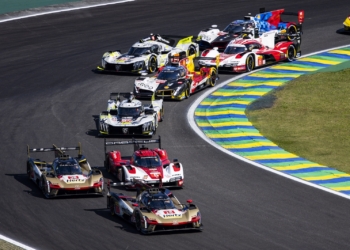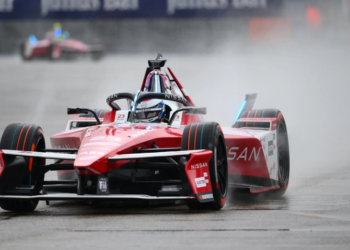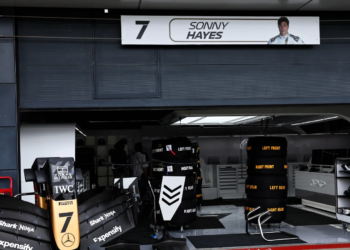The FIA's World Motor Sport Council has agreed to the World Endurance Championship's new hypercar rules for the 2020/21 season.
The top-tier machines will be based on road-going supercars, with the rules mandating that both the internal combustion engine and the front-axle energy recovery system must be based on units "destined for a series production car homologated for road use".
In order to qualify, the manufacturer must produce 25 cars equipped with the same engine and energy recovery system by the end year following the conclusion of the WEC season they were used in.
This figure increases to 100 units after the end of the second season.
Modifications to the engine are permitted, though not the block and cylinder head, whilst the energy recovery system must remain the same throughout the season.
It's expected these 'hypercars', which have to be given an official title, will produce around 950 horsepower when the engine and hybrid system is combined.
A €3 million (£2.6m, $3.4m) cost cap has been put in place for the supply of ERS systems from manufacturers to customer teams and a maximum supply limit of three teams without special permission from the FIA.
The cars, which will replace the LMP1 machines of present, will be slightly larger in length and width, by 350mm and 100mm respectively. The minimum weight has also been raised to 1040kg – an increase of 165kg over LMP1 machinery.
The rules also permit the use of moveable aerodynamic devices, which are currently banned.
Like the current supercar classes GTE Pro and AM, success ballast will be included in the top tier to ensure close competition.
This will be based on points scored in previous races, with each point in an entry’s total worthy of a 0.5kg weight addition, to a maximum of 50 kg.






